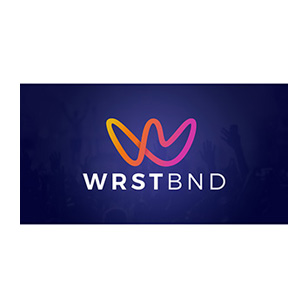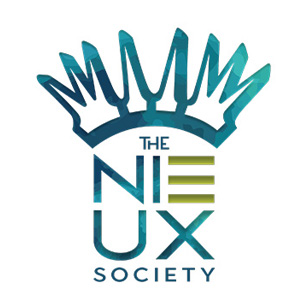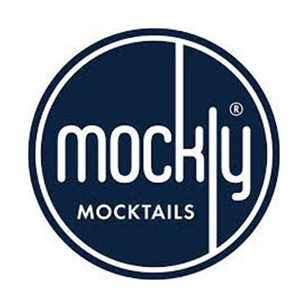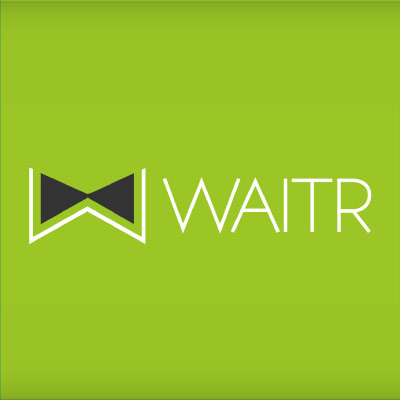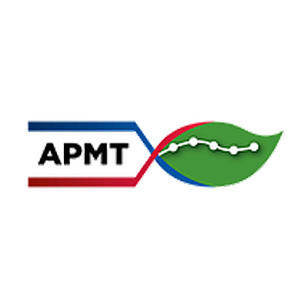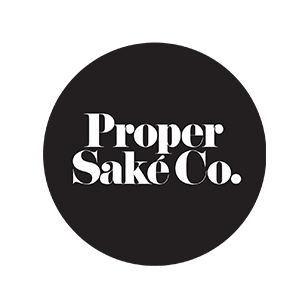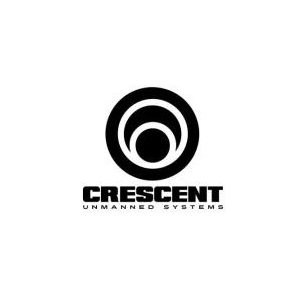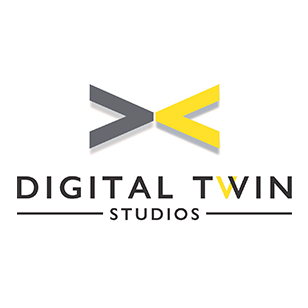How To Use A Convertible Note or SAFE
Disclaimer: This post discusses general legal issues, but it does not constitute legal advice in any respect. This post is not a substitute for legal advice and is intended to generate discussion of various issues. No reader should act or refrain from acting on the basis of any information presented herein without seeking the advice of counsel. Cara Stone, LLP. and the author expressly disclaims all liability in respect of any actions taken or not taken based on any contents of this post. The views expressed herein are personal opinion.
In previous posts we discussed why companies may be giving up more than they bargained for when they use a convertible note or a SAFE. Now let’s talk about a couple of reasons why a company might want to use a convertible note or a safe in its financing round.
There are very good reasons to use a convertible note or SAFE.
The number one reason to use a note or SAFE is in a scenario where the company is trying to incentivize investors to come into the round early. The true mechanism of a convertible note or SAFE is not avoiding the valuation question. The real benefit is that the investor is getting a little bit extra. The company can use a convertible note or SAFE to incentivize investors to come into the round earlier than those who may take a longer. Later investors may need more due diligence, or they may drag their feet to see how the round gets filled.
The company can use a note or SAFE to persuade investors to come in early. In the case of a convertible note, the investor may get an interest rate on top of their interest in the company. In other situations, they may get a convertible note discount to the price in the next round or their money under the convertible note will convert into equity out evaluation cap price. In the case of a SAFE, the investor will usually either get a valuation cap or a discount price, but no interest rate. In any scenario, these are attractive benefits to investors.
The company can use the benefits of a note or SAFE to jump-start the round. The company should use these tools to kick-off the round, not to do their whole seed round. The money under the convertible note or SAFE will convert into equity at a certain price per share anyway. Companies should think of a convertible note or SAFE as a part of their larger equity round, because, they are the same. The money under the convertible note or SAFE will convert into equity at a certain price per share anyway.
The second reason to use a convertible note or SAFE is if you need to get the company funded between two equity rounds. There are a lot of times in a company’s life cycle where the company doesn’t need to raise an equity round, but they may have an opportunity come up that requires them to raise capital. There are several reasons this may come up. Examples of this include – the company may need to make a key hire, build out a product for a strategic partnership, or fund a key advertising opportunity.
When the company raises money between two rounds, the valuation may be difficult to ascertain. There also may be a risk that comes to investors. The company can use the benefits of a note or SAFE to persuade the current investors (or maybe some interested potential investors) to fund the round.
The two fundamental reasons to use a convertible note or SAFE are to jumpstart a round with key early investors (who will likely bring in larger investors later), or as a bridge loan between equity round.
As with any round, knowing how a convertible note will impact your company’s future is key. We’ve created a Convertible Note or SAFE vs. Equity Calculator to help companies understand the impact of these structures. You can download it below.
More on convertible notes and SAFES:
Convertible Note (or SAFE) vs. Equity Round: What’s the Better Deal
How to Use a Convertible Note or SAFE to Jumpstart Your Round
Disclaimer: This post discusses general legal issues, but it does not constitute legal advice in any respect. This post is not a substitute for legal advice and is intended to generate discussion of various issues. No reader should act or refrain from acting on the basis of any information presented herein without seeking the advice of counsel. Cara Stone, LLP. and the author expressly disclaims all liability in respect of any actions taken or not taken based on any contents of this post. The views expressed herein are personal opinion.
In previous posts we discussed why companies may be giving up more than they bargained for when they use a convertible note or a SAFE. Now let’s talk about a couple of reasons why a company might want to use a convertible note or a safe in its financing round.
There are very good reasons to use a convertible note or SAFE.
The number one reason to use a note or SAFE is in a scenario where the company is trying to incentivize investors to come into the round early. The true mechanism of a convertible note or SAFE is not avoiding the valuation question. The real benefit is that the investor is getting a little bit extra. The company can use a convertible note or SAFE to incentivize investors to come into the round earlier than those who may take a longer. Later investors may need more due diligence, or they may drag their feet to see how the round gets filled.
The company can use a note or SAFE to persuade investors to come in early. In the case of a convertible note, the investor may get an interest rate on top of their interest in the company. In other situations, they may get a convertible note discount to the price in the next round or their money under the convertible note will convert into equity out evaluation cap price. In the case of a SAFE, the investor will usually either get a valuation cap or a discount price, but no interest rate. In any scenario, these are attractive benefits to investors.
The company can use the benefits of a note or SAFE to jump-start the round. The company should use these tools to kick-off the round, not to do their whole seed round. The money under the convertible note or SAFE will convert into equity at a certain price per share anyway. Companies should think of a convertible note or SAFE as a part of their larger equity round, because, they are the same. The money under the convertible note or SAFE will convert into equity at a certain price per share anyway.
The second reason to use a convertible note or SAFE is if you need to get the company funded between two equity rounds. There are a lot of times in a company’s life cycle where the company doesn’t need to raise an equity round, but they may have an opportunity come up that requires them to raise capital. There are several reasons this may come up. Examples of this include – the company may need to make a key hire, build out a product for a strategic partnership, or fund a key advertising opportunity.
When the company raises money between two rounds, the valuation may be difficult to ascertain. There also may be a risk that comes to investors. The company can use the benefits of a note or SAFE to persuade the current investors (or maybe some interested potential investors) to fund the round.
The two fundamental reasons to use a convertible note or SAFE are to jumpstart a round with key early investors (who will likely bring in larger investors later), or as a bridge loan between equity round.
As with any round, knowing how a convertible note will impact your company’s future is key. We’ve created a Convertible Note or SAFE vs. Equity Calculator to help companies understand the impact of these structures. You can download it below.
More on convertible notes and SAFES:
Convertible Note (or SAFE) vs. Equity Round: What’s the Better Deal
How to Use a Convertible Note or SAFE to Jumpstart Your Round

